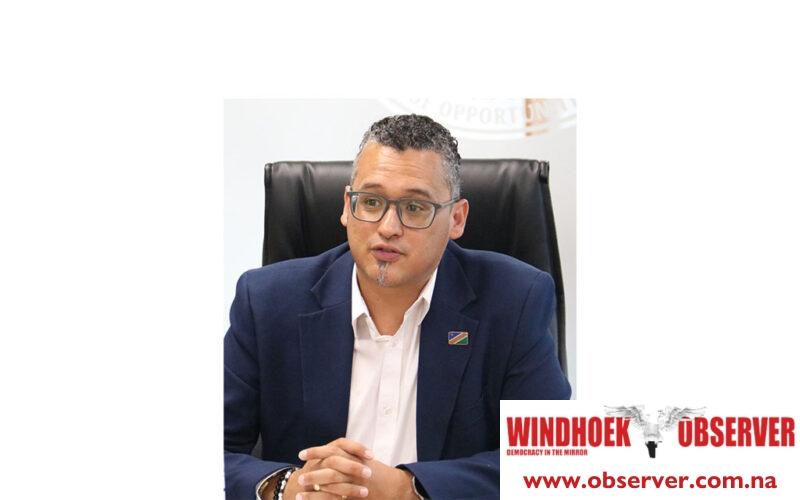Allexer Namundjembo
Walvis Bay residents will now pay N$235.32 per household each month for refuse collection. The new rate follows tariff corrections announced by the municipality for the 2025/2026 financial year.
The change, effective from 1 July, was gazetted under government notice No. 729 and signed by the town’s mayor, Trevino Forbes.
It was published in the government gazette No. 8753 dated 1 October 2025.
Under the revised tariff schedule, residents in Tutaleni and Farm 37 will continue to pay subsidised rates of N$80.70, while pensioners will be charged N$71.95.
Businesses will pay N$429.16 for standard bin removals per week and N$786.80 per load for bulk waste collection.
Forbes said the tariff adjustment was necessary to ensure the municipality can continue providing efficient waste management services.
“The council has reviewed the tariffs in line with operational costs and the need to provide reliable public services,” he stated in the gazette.
The municipality said the revised rates are meant to sustain service delivery amid increasing expenses for fuel, landfill maintenance, and labour.
A comparison with other local authorities shows that Walvis Bay now has one of the highest refuse collection tariffs in the country.
The Hardap Regional Council charges N$130 per household per month, while the Kunene Regional Council charges N$110.
In Omaheke, residents pay N$95, and in the Oshikoto Region, the fee stands at N$105.
The municipality of Omaruru charges N$160, and the Oranjemund Town Council’s rate is N$185. The Otjinene Village Council lists N$90, while residents in Stampriet pay N$100.
In 2018, Walvis Bay households paid about N$142.50 for refuse collection. The latest increase represents an almost 65% rise over seven years.
The municipality said the new tariffs are necessary to maintain financial sustainability while keeping the town clean.
Local authorities across Namibia have also reviewed their service fees for the 2025/2026 financial year in response to inflation and higher operational costs.




